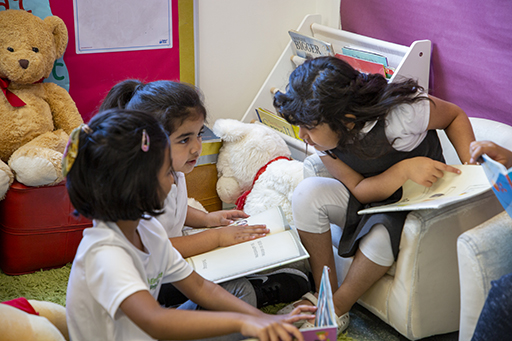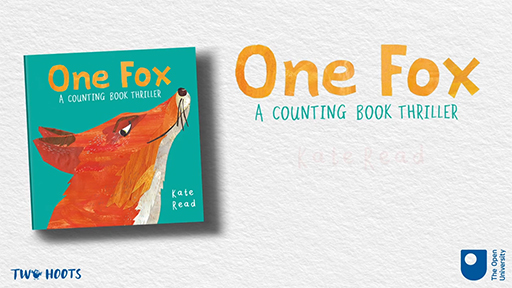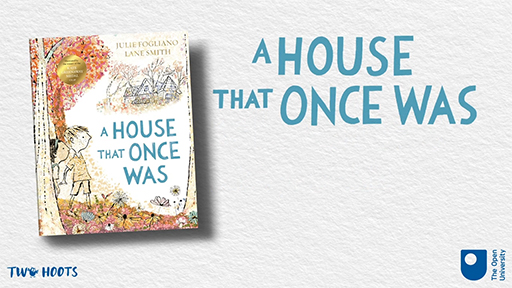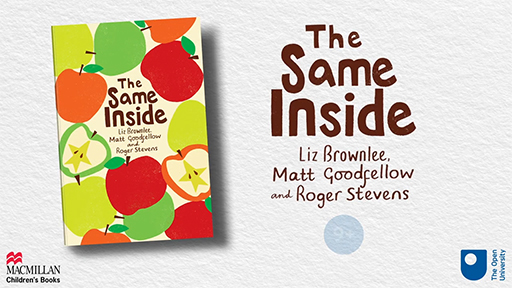8 The role of talk and book chat
Talk is fundamental to reading and being a reader. It is the medium that allows you to articulate and share your thoughts, feelings and ideas about a text and listen to those of others. In homes and schools, talk is often both a precursor to reading, and a consequence of it. Through talking about texts, you think aloud, formulate views and opinions, share interests, relate new experiences to previous knowledge and refine and develop your understanding. As Britton (1970) observed, ‘reading and writing float on a sea of talk’. The influential role of dialogue in the development of children’s thinking and their literacy has been extensively documented (Littleton and Mercer, 2019).

Teachers who encourage conversations about being a reader and about the texts being read, help children construct meaning, collaborate, communicate, and expand their thinking. In addition, through such talk children gain empathy for others’ views and can connect to and bond with other readers.
In seeking to foster children’s delight and desire as readers, adults not only read to children, but consciously read with them. By encouraging children’s active involvement in the story or in searching online to satisfy their curiosity for information, adults trigger valuable informal book talk that follows the learner’s lead and helps them participate as meaning makers. They might for example anticipate what will happen, connect to their own lives, respond affectively and consider what they would do if they were in a similar situation. This approach is sometimes known as ‘dialogic shared book reading’ but is more accessibly described as ‘book chat’.
Book chat is the informal interaction that accompanies quality reading to and with children and helps to develop children’s language and comprehension, whilst at the same time nurturing a love of reading. To support teachers and parents developing book chat, The Open University worked with practising teachers to produce three short videos and additional resources based on books published by Macmillan Children’s Books. You can watch these videos in Activity 3, which are designed to support teachers and parents in developing book chat and informal interactions around a text.
Activity 3 Identifying the key principles of book chat
Based on the age of the children you work with, watch one of the three book chat videos below.

Transcript: Video 1 Ben Harris reading One Fox by Kate Read for 5+
[KNOCKING]

Transcript: Video 2 Richard Charlesworth reading A House that Once Was by Julia Fogliano for 7+

Transcript: Video 3 Professor Teresa Cremin reading The Same Inside Poems about Empathy and Friendship, by Liz Brownlee, Matt Goodfellow and Roger Stevens for 9+
Note down the five core messages offered by the Book Chat team. Which do you think is the most important for successful informal dialogic talk about texts?
Comment
The Book Chat team identifies the following as the five top tips to help you build conversations about books with children:
- Invite your child to get involved
- Watch and listen carefully to follow their interests
- Wonder and connect to your lives
- Share your emotional responses
- Keep it light and enjoyable.
The value of such informal conversation is not always fully appreciated as it may appear unstructured and iterative, based on the child’s interests and direction, but book chat helps develop children’s language, comprehension and pleasure. It encourages readers to actively construct their own meanings and make personal sense of texts. In this way it underscores the pleasure to be found in reading and serves as a model for children’s conversations about texts with their peers. Increasing children’s informal social engagement in what they are reading contributes to reciprocal Reading for Pleasure.

Optional resource
If you would like to find out more about book chat, you can look at these resources in your own time.
- A guide to book chat [Tip: hold Ctrl and click a link to open it in a new tab. (Hide tip)]
- A book chat poster
Informal book chat and spontaneous book conversations help to build connections between readers. These are critical to create reader relationships, something you will read about in the next section.
